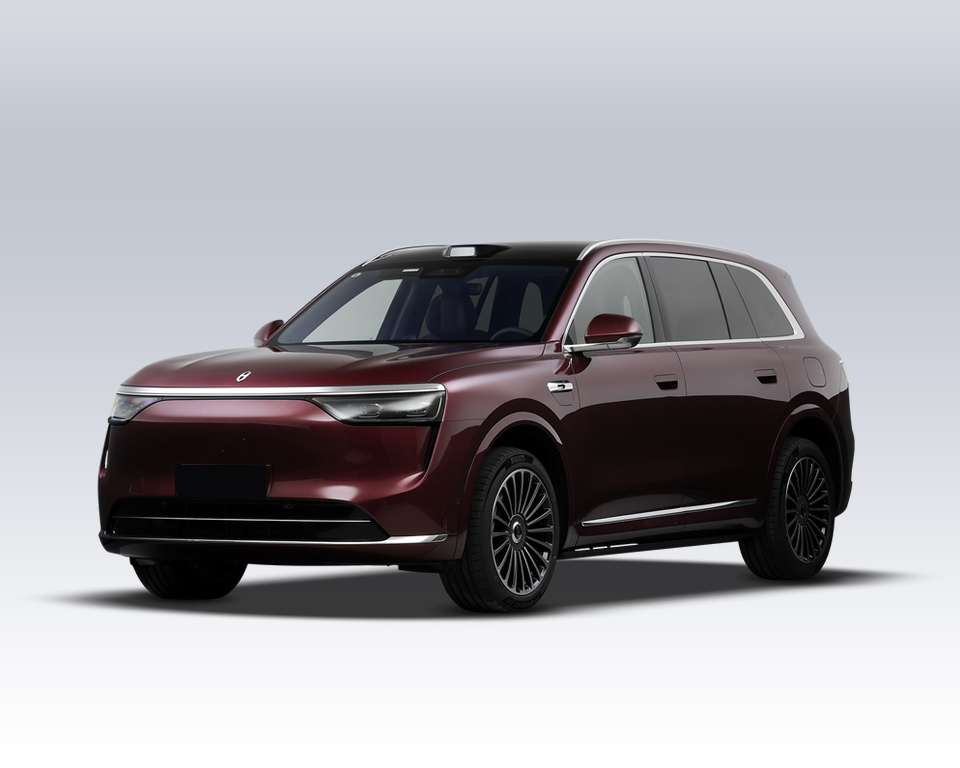The Three Core Components of New Energy Vehicles: Motor, Battery, and Power Electronics
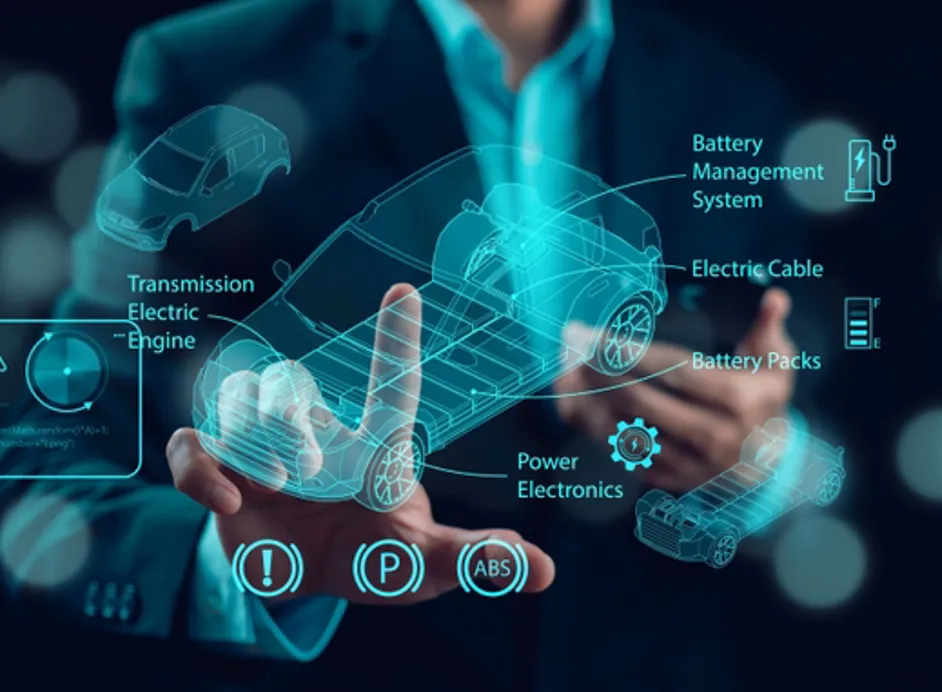
Catalog
Overview: The "Three Core Components" of EVs
In the world of electric vehicles (EVs), the term “Three Core Components” typically refers to the Motor, Battery Pack, and Power Electronics/ECU—together forming what is known as the “Three Electric Systems” of an EV.
Motor: Converts electrical energy into mechanical energy to drive the wheels.
Battery: Stores and supplies electrical energy; it’s the energy source for the entire vehicle.
Power Electronics (ECU): Coordinates the battery and motor using power electronic devices and control algorithms to deliver precise power control.
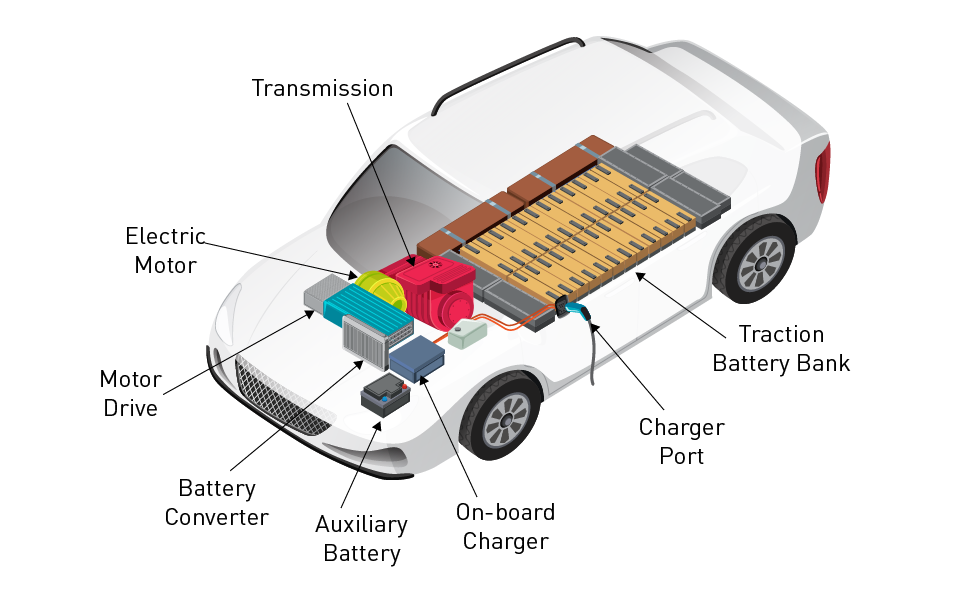
1. Motor
Definition & Types
EV drive motors are mainly categorized into:
Permanent Magnet Synchronous Motors (PMSM)
Asynchronous (Induction) Motors
Switched Reluctance Motors (SRM)
Among these, PMSMs are most widely used due to their high efficiency and power density.
Working Principle & Advantages
The drive motor transforms DC or AC electricity from the battery into mechanical energy via electromagnetic induction, directly powering the wheels and eliminating traditional mechanical transmission losses.
Key Benefits:
High Instant Torque: Delivers maximum torque from zero RPM, enabling fast acceleration.
High Efficiency: Over 90% efficiency under most conditions—significantly better than internal combustion engines.
Low Maintenance: Simple structure, no oil changes or complex exhaust systems, reducing maintenance cost.
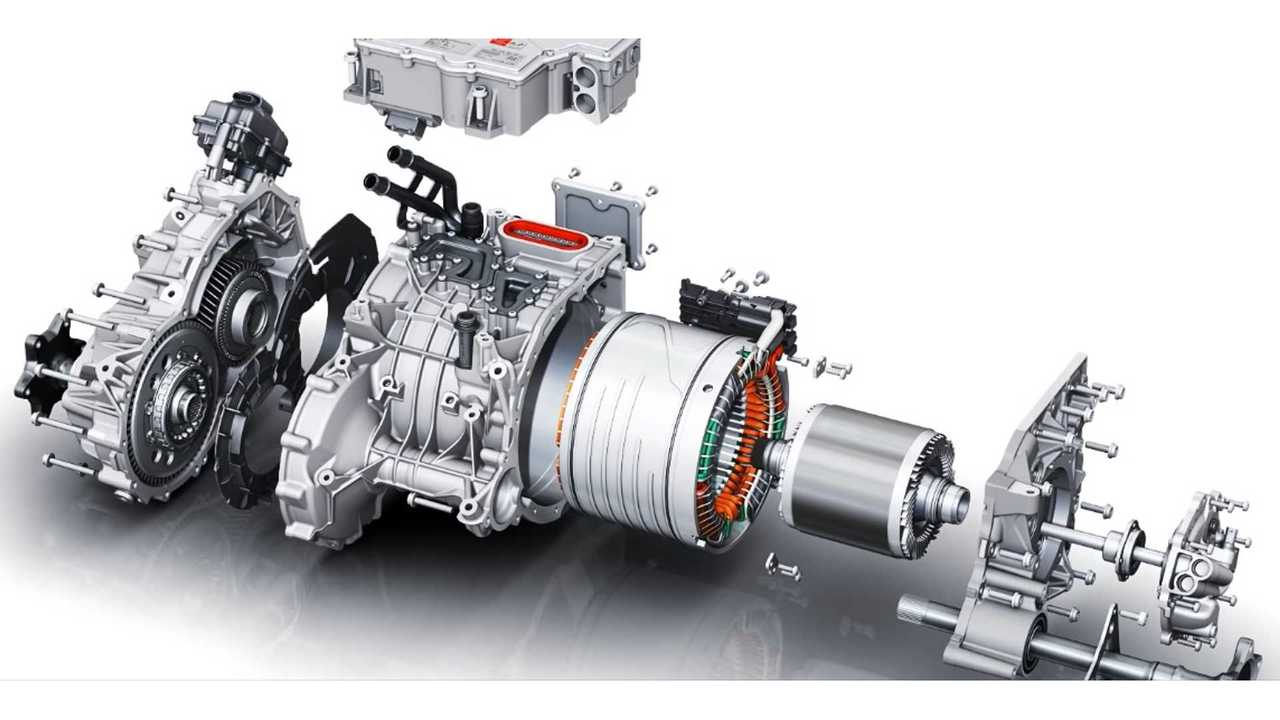
2. Battery
Structure & Chemistry
EV battery packs typically consist of hundreds or even thousands of lithium-ion cells. Two mainstream chemistries dominate:
Ternary Lithium (NMC/NCA) – higher energy density.
Lithium Iron Phosphate (LFP) – superior safety and cycle life.
Battery Management & Diagnostics
The Battery Management System (BMS) monitors voltage, current, temperature, and State of Charge (SOC) to maintain safety and maximize lifespan.
Battery Diagnostics: Regular health checks help detect degradation or imbalances early, reducing risks and extending service life.
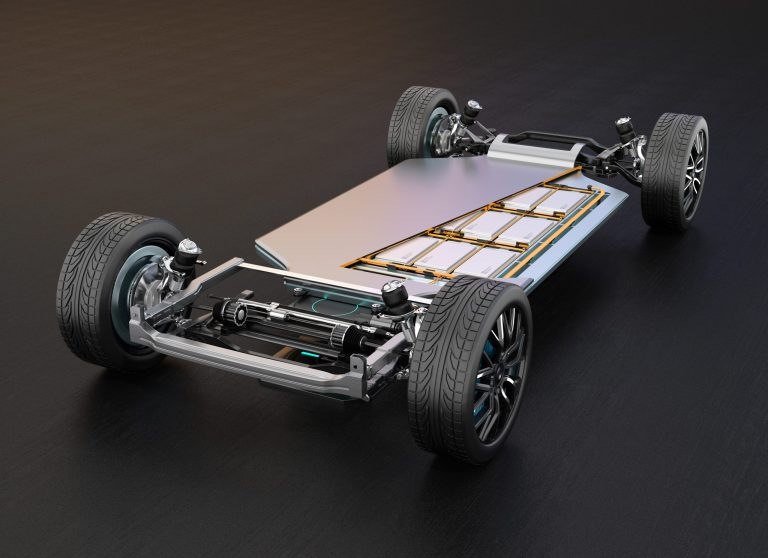
3. Power Electronics / ECU
Definition & Components
The power control system consists of:
Power Electronics (IGBTs/MOSFETs)
Electronic Control Unit (ECU)
These manage motor torque/speed and battery charging/discharging.
Functions & Benefits
Inversion & Rectification: Converts DC from the BMS to 3-phase AC for motor drive; or rectifies AC charging current for battery storage.
Energy Regeneration: During braking or downhill driving, the motor generates electricity back into the battery.
Smart Control: The ECU communicates with other vehicle systems via CAN/LIN networks for optimized performance.
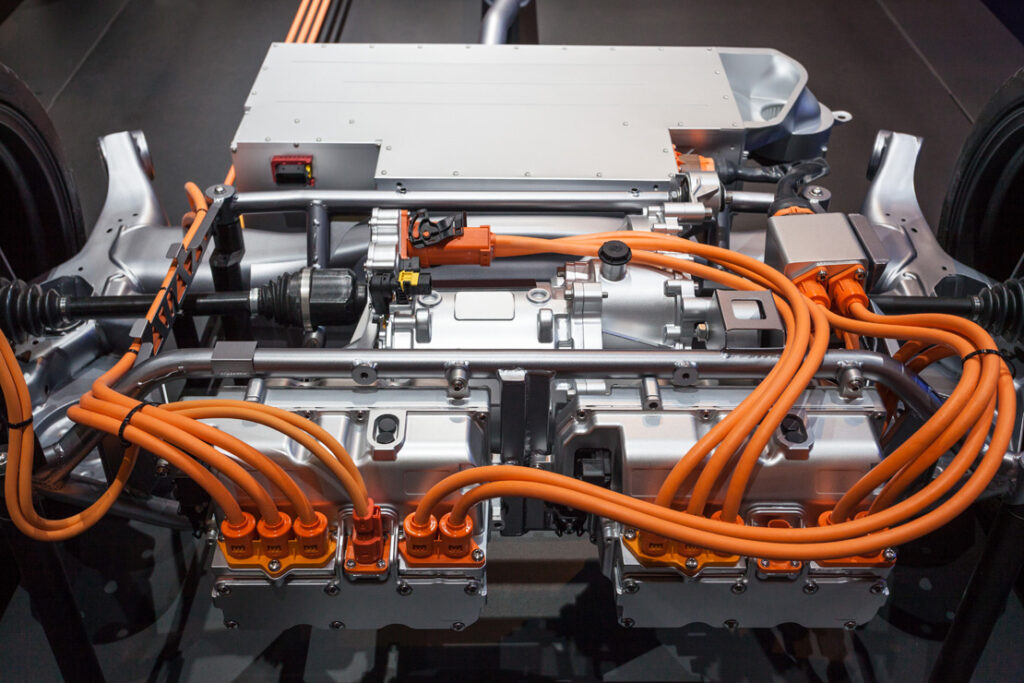
Traditional Internal Combustion Engine (ICE) "Three Core Components"
Engine: Converts chemical fuel into mechanical energy; most commonly naturally aspirated or turbocharged.
Transmission: Alters speed and torque via gear systems—manual, automatic, or dual-clutch.
Chassis: Includes drivetrain, suspension, steering, and brakes; determines handling and ride quality.
Comparative Table: EV vs ICE Powertrain Components
| Dimension | EV Three Components | ICE Three Components |
|---|---|---|
| Power Transmission | Direct drive from motor, no gear losses | Multistage gear transmission with energy loss |
| Energy Efficiency | ≥ 90% | 25%–35% |
| Structural Complexity | Simple, fewer parts, high integration | Many parts, complex design |
| Maintenance Cost | Low, no oil or frequent servicing | High, regular oil changes and upkeep |
| Energy Recovery | Supports regenerative braking | None |
Summary:
Efficiency & Energy Saving: EVs benefit from direct motor drive, minimizing energy losses.
Cost & Maintenance: While initial costs for battery and electronics are high, long-term savings from lower maintenance are substantial.
Driving Experience: Instant torque offers smoother acceleration vs. the gear-shift delays in ICEs.
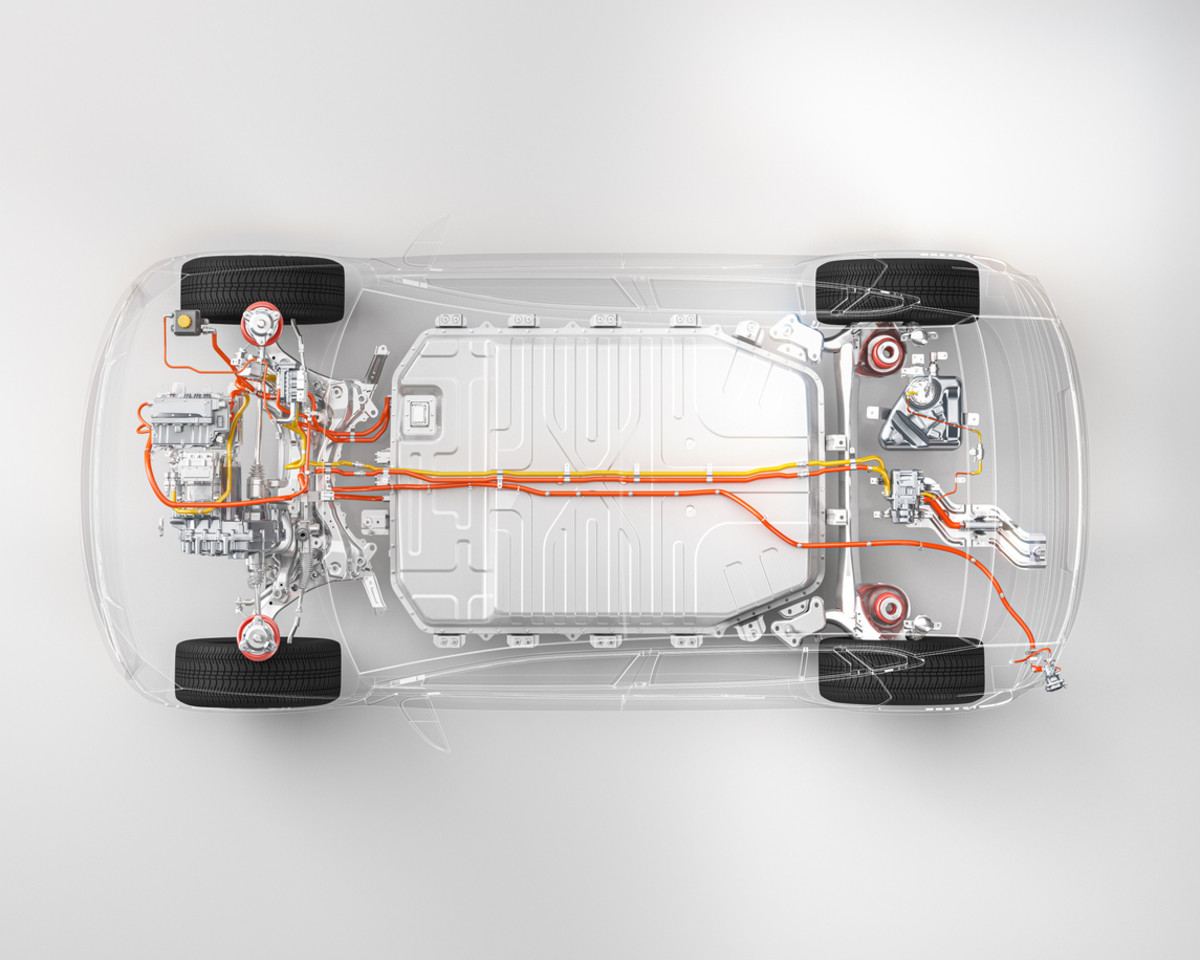
China's Technological Breakthroughs in the "Three Electric Systems"
Chinese manufacturers and suppliers have made impressive advancements in recent years.
BYD’s “Super e-Platform” uses a 1000V high-voltage architecture, SiC chips, and blade batteries. Its Flash Charging can replenish 400 miles (~643 km) of range in just 5 minutes. Motor power density hits 16 kW/kg, and rotation speeds exceed 30,000 rpm. Integrated 8-in-1 control units cut down size and weight.
CATL (Contemporary Amperex Technology Co. Ltd.) launched its Naxtra sodium-ion battery with 175 Wh/kg energy density, set for mass production by end of 2025. Its second-gen Shenxing fast-charging cells deliver 80% charge in 15 minutes and 520 km range from just 5 minutes of charging.
NIO pioneered high-speed drive systems using SiC inverters, improving efficiency by 5% and reducing weight by over 30%.
XPeng introduced the XPILOT 4.0 platform, achieving efficient vehicle-wide coordination via high-voltage domain control.
Huawei and Seres developed a highly integrated electric drive unit, combining motor, ECU, and reducer. With SiC tech and proprietary algorithms, the system improves thermal efficiency by over 20%, ensuring reliability even under harsh conditions.
Future Tech Trends:
Solid-state batteries, ultra-fast bidirectional charging, and V2G (vehicle-to-grid) capabilities are set to keep China at the forefront of global EV innovation.
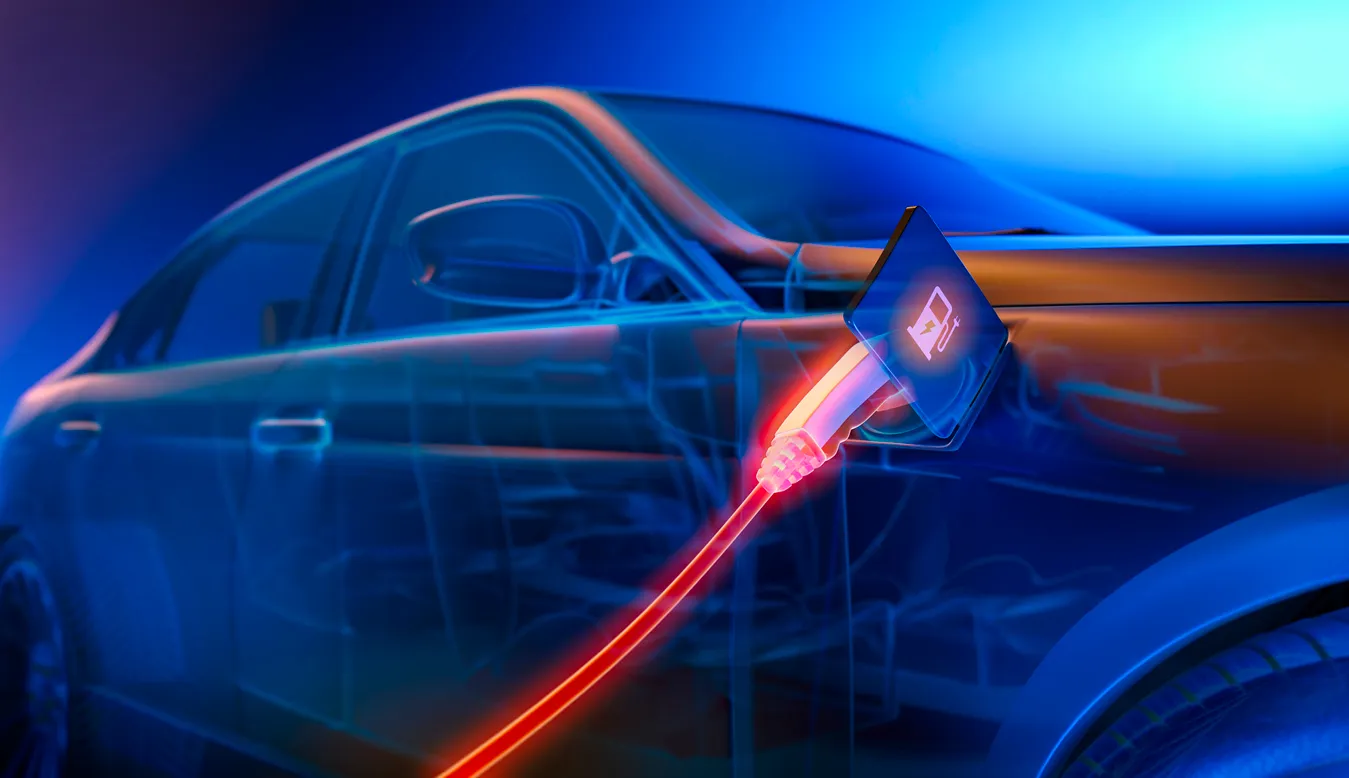
Conclusion & Outlook
As battery energy density and power electronics continue to evolve, EVs are heading toward higher efficiency, greater integration, and smart connectivity. Emerging technologies like multi-motor configurations, bidirectional ultra-fast charging, and V2G interactions will redefine vehicle performance and economics.
Comparing EV and ICE systems clearly shows that the electric “Three Components” offer substantial benefits in energy efficiency, maintenance, and user experience—cementing the EV’s growing dominance in the automotive market.
Please explore our blog for the latest news and offers from the EV market.



